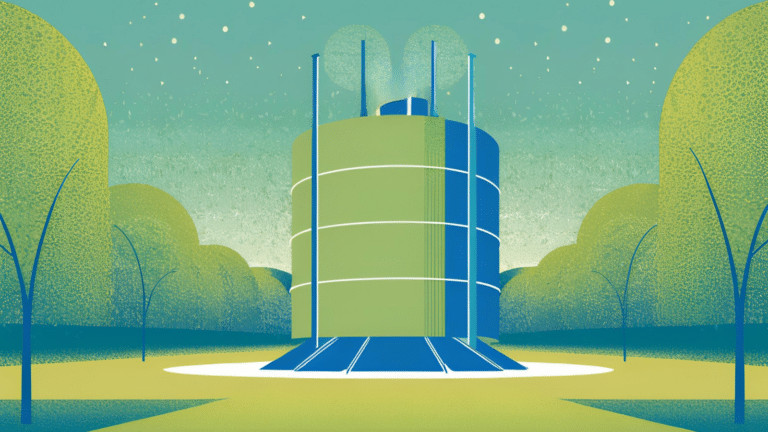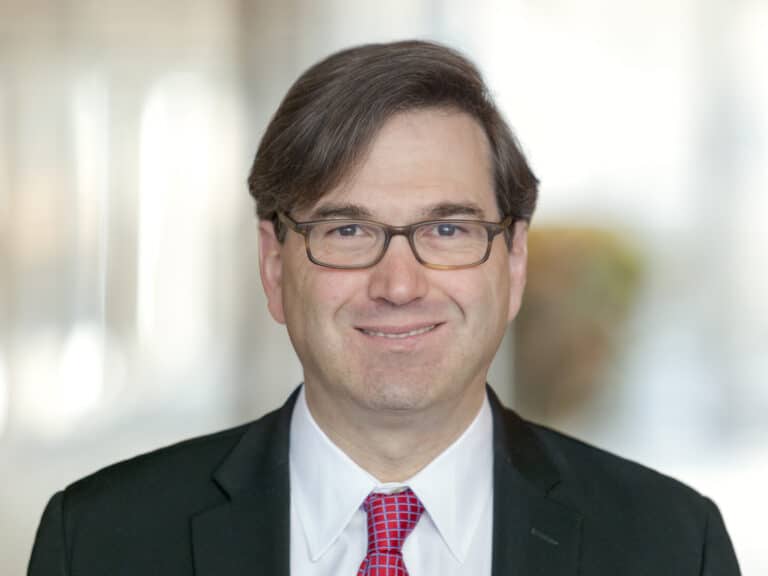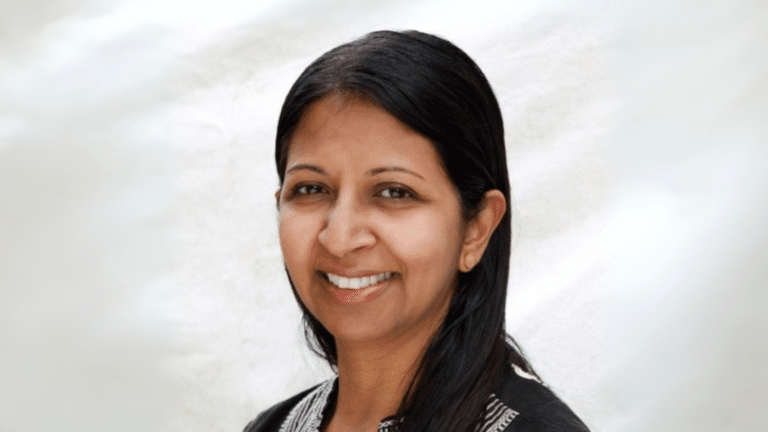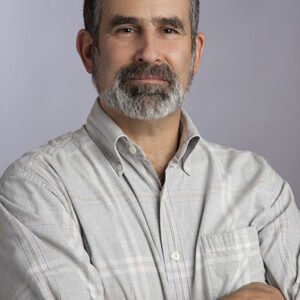This website uses cookies as well as similar tools and technologies to understand visitors’ experiences. By continuing to use this website, you consent to Columbia University’s usage of cookies and similar technologies, in accordance with the Columbia University Website Cookie Notice.
Explore Our Work
Our work is committed to independent and nonpartisan research that meets the high standards of academic integrity and quality at Columbia University.
By Topics
- Geopolitics and Climate
- Energy System Transition
- Climate Change
- Critical Minerals
- Energy for Development
- Energy Justice
- Energy Markets
- Energy Policy
- Energy & Public Health
- Energy Security
- Finance & Economics
- Fossil Energy
- Geopolitics
- Hydrogen
- Industrial Decarbonization
- Innovation & Technology
- Natural Gas
- Nuclear Energy
- Oil
- Power Sector
- Renewable Energy
- Trade Policy
- Transportation
- Artificial Intelligence
By Regions
Initiatives
Our initiatives and programs are designed to address critical needs in key focus areas around energy and climate policy.
Initiatives
Programs
News
Explore our expert insights and analysis in leading energy and climate news stories.
Energy Explained
Get the latest as our experts share their insights on global energy policy.
How Congress Can Build on SMR Momentum after Canada Approves First Commercial Construction for Such Reactors in North America
This Energy Explained post represents the research and views of the author. It does not necessarily represent the views of the Center on Global Energy Policy. The piece...

Podcasts
Hear in-depth conversations with the world’s top energy and climate leaders from government, business, academia, and civil society.
Trade War Turbulence and Clean Energy
It’s hard to overstate how consequential President Trump’s “Liberation Day” tariffs have been for American economic policy. While the administration has paused the steep reciprocal tariffs it announced...

Events
Find out more about our upcoming and past events.
Student Roundtable with Sunaina Ocalan
Please join the Women in Energy initiative at the Center on Global Energy Policy at Columbia SIPA for a student roundtable lunch and discussion with Sunaina Ocalan, who will discuss...
1255 Amsterdam Ave
New York, NY 10027

About Us
We are the premier hub and policy institution for global energy thought leadership. Energy impacts every element of our lives, and our trusted fact-based research informs the decisions that affect all of us.
About
Overview
The Center on Global Energy Policy is committed to independent and nonpartisan research that meets the high standards of academic integrity and quality at Columbia University.
MIssion
What We Do
We advance smart, actionable, and evidence-based energy and climate solutions through research, education, and dialogue.
People
Our Team
Meet our staff and senior energy experts from government, academia, industry, and nongovernmental organizations.
- FEATURED CELEBRATING A DECADE
- PublicationsOUR WORK
By Topics
- Geopolitics and Climate
- Energy System Transition
- Climate Change
- Critical Minerals
- Energy for Development
- Energy Justice
- Energy Markets
- Energy Policy
- Energy & Public Health
- Energy Security
- Finance & Economics
- Fossil Energy
- Geopolitics
- Hydrogen
- Industrial Decarbonization
- Innovation & Technology
- Natural Gas
- Nuclear Energy
- Oil
- Power Sector
- Renewable Energy
- Trade Policy
- Transportation
- Artificial Intelligence
By Regions
- Our PeopleMEET OUR EXPERTS
- INITIATIVESALL INITIATIVES & PROGRAMS
Initiatives
Programs
- NEWSALL NEWS
- Newsroom
- Op-eds & Essays
- UPDATESEvents
- Blog
- Podcasts
- AboutOverview
- What We Do
- Our Team
- Advisory Board
- Faculty Advisory Committee
- Independent Research
- Columbia University Partners
- Donate
- Contact
- Partners
Peter Kelemen
Arthur D. Storke Professor and Chair of the Department of Earth & Environmental Sciences

Biography
Peter Kelemen is Arthur D. Storke Professor and Chair of the Department of Earth & Environmental Sciences at Columbia University. He was recently elected to the National Academy of Sciences, and is a Fellow of the American Geophysical Union, the Mineralogical Society of America, and the Geochemical Society. He studies the chemical and physical processes of reaction between fluids and rocks. He has worked on the genesis and evolution of oceanic and continental crust, chemical cycles in subduction zones, and new mechanisms for earthquake initiation. His primary focus now is on geologic capture and storage of CO2 (CCS), and reaction-driven cracking processes in natural and engineered settings, with application to CCS, geothermal power generation, hydrocarbon extraction, and in situ mining. He teaches a popular course on “Earth Resources for Sustainable Development” at Columbia, as well as courses and seminars on petrology, geochemistry, and geodynamics. Kelemen was a founding partner of Dihedral Exploration (1980-1992), consultants specializing in exploration for mineral deposits in steep terrain, with contracts in Canada, Alaska and Greenland. Research and climbing have taken him to Peru, India, Oman, the Aleutian Islands, 7,500 meters above sea level in Pakistan, and 5,500 meters below sea level via submersibles along the Mid-Atlantic Ridge. He received his AB from Dartmouth College in 1980, and his PhD from the University of Washington in 1987. He spent 16 years at the Woods Hole Oceanographic Institution before moving to Columbia’s Lamont Doherty Earth Observatory in 2004.
Sign Up Today
Get the latest news and research on energy & climate policy.
Subscribe now
"(required)" indicates required fields